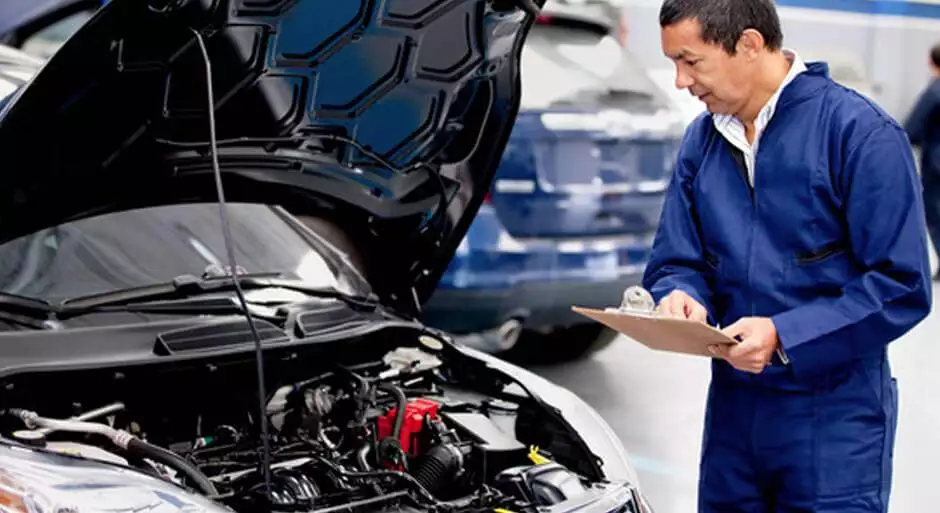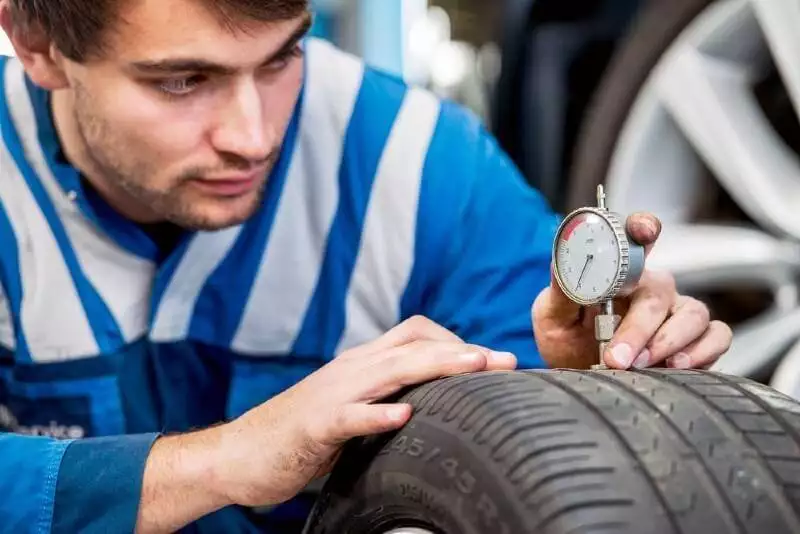If you’ve ever leased a car, there’s a good chance you’ve come into contact with two terms: ‘personal car leasing’ and ‘contract hire’ - and, in essence, they’re rather similar in meaning.
Leasing is quite similar to renting a car or van, and similar contractual terms apply. These include avoiding damage, not making alterations to the car and ensuring that insurance and maintenance are adequately covered. The biggest difference, in this case, is that ‘renting’ usually describes a short term arrangement, while ‘leasing’ generally refers to periods of between 24 to 48 months.
Another added advantage is that personal car leasing is usually reserved for brand new vehicles. Therefore, if you’ve ensured proper maintenance and insurance are in order - you’re likely to pass your lease inspection after 3 years.
It’s crucial, however, that you are clued up on maintenance and leasing as not doing so could result in either a hefty fine at the end of your contract or paying out of your pocket.
The following easy-to-read guide will take you through the most important to know steps.
More...
Tip #1: Get A Maintenance Package

When taking out your contract, you have the option to pay a little bit extra every month in exchange for an all-inclusive maintenance package. This is optional but highly recommended, as it means that your car is essentially covered for any unexpected problems during your contract.
A maintenance package adds a little bit more to your monthly payments but, depending on your lessor, might include free pickup and delivery in the instance of any issues.
Maintenance packages may not seem worth it, but their benefit shows over the long-term and can prevent you from spending out of pocket on expenses like services, tires and expensive parts.
Please note, however, that it is very unlikely that leasing companies will replace broken glass or windscreens.
How Much Does It Cost?
No maintenance package is fixed and will be based on your chosen vehicle, length of the contract, annual mileage and fuel type. The best thing to do here is enquiring with your leasing agent who will be able to give you a breakdown of your contract with and without maintenance, and the benefits you will gain from including it in your contract.
What Happens Once I’ve Taken Out Maintenance?
Your leasing company should give you the contact details of a local approved garage or service center that will be responsible for your vehicle maintenance. It falls on you to contact this company and ensure that regular servicing is booked in advance.
Tip #2: Know Your Contract Details

While this tip relates more to knowledge than action, it’s still extremely important in giving you an overall understanding of caring for your leased car.
There are two parts to being familiar with your leasing contract: read and understand your contract thoroughly, and ask your leasing agent questions.
By knowing what you will be responsible for, you can plan and develop a responsible mindset to driving a leased car that is often not required when owning one.
This requires always being conscious of your driving habits, how you treat the car every day and how you approach servicing throughout the year. If you’ve read your contract and have particular information in the back of your head, you will likely consider this before adding or doing something to your car, which will likely save you a lot of money - and hassle - in the long run.
Most importantly, make sure to pay careful attention to ‘wear and tear’ - as this is where most lessees get penalized at the end of their contract. These terms are stipulated in your contract and are very specifically laid out by the leasing company.
Therefore, if you sign your contract, it’s assumed that you accept the terms when doing so.
Tip #3: Monitor Your Mileage
When you take out your leasing contract, you and the leasing company both agree upon a fixed mileage for the length of your contract.
This is usually calculated on a year-by-year basis as this is easiest to understand, but it applies to the total length of your contract. Therefore, a 10,000 mile a year leasing contract for 36 months means that you’re agreeing to only drive 30,000 miles throughout your contract.
You can do 8,000 miles in year one, 12,000 in year two and 10,000 in year three and you’ll still be fine. If you drive under the agreed mileage, you will not be rewarded or compensated, but if you go over, you will be penalized and expected to pay per mile for this. The rate per mile depends on the company but can range from 9 cents upwards.
While it’s good to anticipate change, many people don’t. A change in job, a move between properties or moving your children to a new school could impact your annual mileage without you even considering it.
Make sure to bring this up with your leasing company when it happens, and apply for extended mileage if this is the case.
Tip #4: Inspect Your Tires

As most lease contracts entail driving a brand new car, the chances of getting a car with worn-down tread on your tires are unlikely.
However, throughout your contract, it’s important to keep an eye on your tires and how they fare. If you’ve opted to travel several thousand miles a year, your tires are likely to lose their tread faster.
If you haven’t taken out maintenance on your contract, you’ll be expected to cover this expense yourself. With maintenance, however, this should be automatically covered.
Regardless, having tires in acceptable condition will significantly impact your vehicle inspection after 3 years. If they’re in poor condition, you might not pass your vehicle inspection and your leasing company can declare your car ‘unsafe to drive’. This could result in it being towed to a service center - an expense you’ll likely be responsible to cover.
Tip #5: Check The Oil
Monitoring typical vehicle aspects like oil is a responsibility that falls on the driver. Therefore, it’s important to have spot oil checks when you fill up your car with fuel to gauge oil levels, and always keep an eye out for the unfortunate chance of a leak.
Having oil problems will result in your engine not being properly lubricated, which is likely to result in part damage due to excess friction or heat. This could lead to a breakdown, or even your engine seizing up - which will require an entirely new engine.
During service, it’s likely that oil will be checked and dealt with. If you have any reservation or a particular concern, make sure to bring this up with the service center so that they’re able to check it out.
Once again, depleted oil levels can result in a vehicle not passing its inspection. Once again, this might impact whether or not your car can be collected by the leasing company - which could also result in it having to be towed away.
Tip #6: Washing & Cleaning

While it might seem unnecessary, there’s something to be said for caring for the little things when driving a vehicle. When leasing, it might seem like an effort to get your car washed and cleaned as you won’t end up keeping the vehicle in the end, but this action goes a long way.
Firstly, having a clean car prevents a build-up of dirt, grime, and sand which can all affect and damage the paint job. Secondly, any dirt on the inside of the vehicle can seep into the upholstery which will likely become an expense you’ll have to cover when you return your vehicle. And thirdly, having a clean car when you return your lease doesn’t only give a good impression of you as an owner - and we all know impressions count - it will also allow the inspector to assess for surface damage easier.
Naturally, where you live and an area’s climate should be taken into account when it comes to cleaning your car. If the weather is prone to harsh conditions like excessive rain, snow or even hail - extra precaution should be taken.
Use your common sense in this regard and make sure to ask your leasing company any questions if you’re unsure.
Final Thoughts
While many lessees don’t realize this, it’s important to maintain your leased car as if it were your own. Failing to do so could easily result in you having to pay for expenses at the end of your lease contract that could have easily been avoided had you taken a little more care.
As always, it’s important to be aware of the various checks that are carried out when your contract finishes so that you’re consistently mindful throughout your lease.
